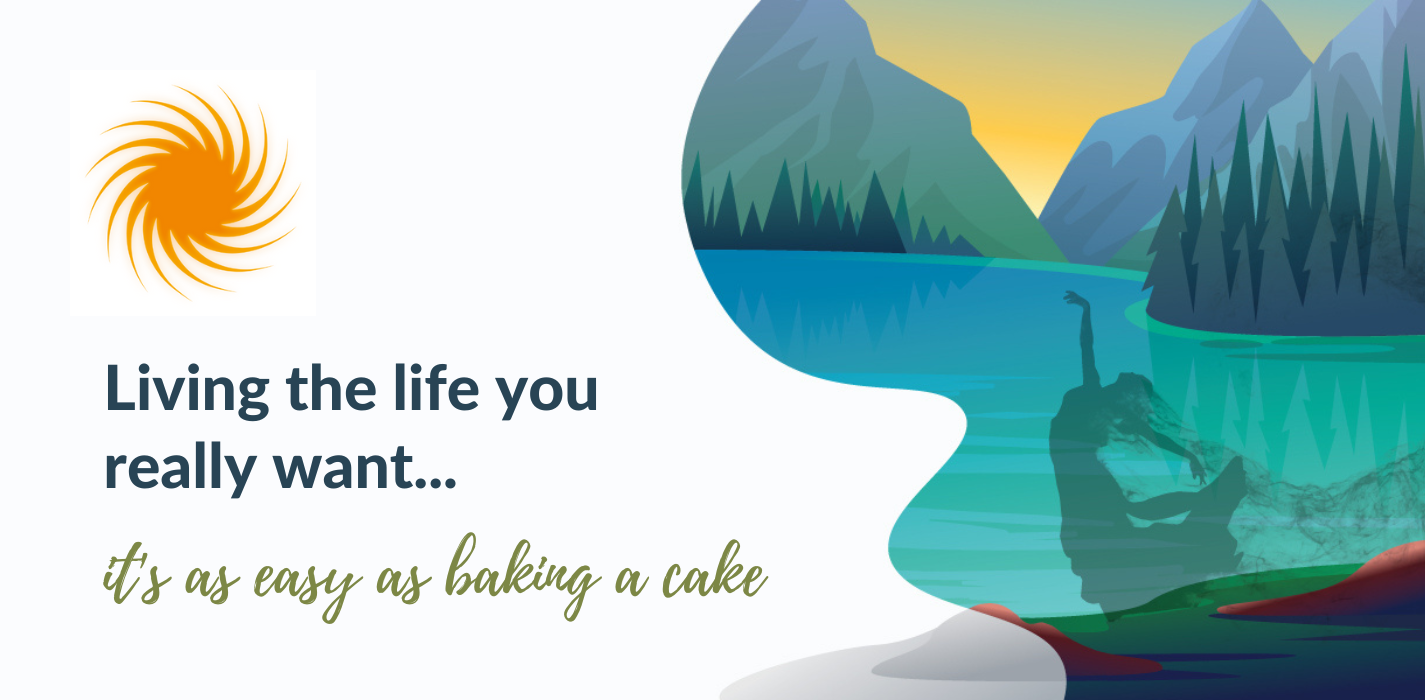Have you ever been going along just fine in your business and your life, and then all of a sudden an event occurs- seemingly out of nowhere?
Maybe a loved one had an accident, maybe your spouse lost their job, maybe a snowstorm came in and you lost your electricity, or another natural disaster.
I call this “life getting in the way.”
On April 28th, life got in the way for me. On this date, I was informed that my father got into a big accident – a fall. It is now almost a month later, and we are still experiencing issues from this fall, and like many other people my age, I am now faced with adding the needs of my parents to my already very busy life.
Many times, my clients tell me that’s their biggest problem: they were going along fine and then life got in the way. I have three tips to help.
- When you believe that things are going a little off the rails (you are going to laugh at this one), double down on your self-care. There’s a lot of conversation around self-care. Maybe it’s ‘just take a hot bath’ or ‘go to a massage’, or ‘go get acupuncture.’ My version: do what makes you feel like you. For me, I dance, I get out in nature, and I allow myself the pleasures that make me happy. This weekend I’m planning on going to the ocean and I’m going to lay in the warm sand and I’m going to listen to the surf and I’m going to go out to eat. And it’s going to be amazing. I ask myself ‘How are you loving yourself right now?’
Read on or watch the video.
- Clear the deck. I am right now not accepting any new appointments. I’m not making any new plans. I’m not necessarily crowding my schedule. If anything, I’m removing things. I just did a live video over at the UnscatterMe Facebook community that showed that we removed our fence from the backyard about a month ago – and sometimes removing is a great productivity strategy. It’s a way to see into the woods. Before there was a fence – and now I can see into the woods. Removing is a beautiful thing, removing things from your calendar.
- Set your expectations with reality. I am a high achiever. I get a lot done, and I get it done in a short amount of time, with work and at home. I was once called Kali, the Goddess who has many different hands, and I am Goddess Kali. This new situationI find myself in, however, feels like an octopus with lots of different tentacles and a lack of clarity. To that end, I release this expectation to get to the goals that I had planned on before -because I am not Kali. God is Kali right now. I am simply Carol. I am able to do what I can do. To do that, let’s return to the first tip: taking care of herself. I have to love myself. I have to eat good food, drink plenty of water, and once in a while, have a glass of wine. I must stay active, stay out in the sunshine and in nature whenever possible.
Let me know what parts of your life might be getting in your way and what tips inspired you and what your next step is. I’d love to hear it. If I can do it, you can too 🙂

